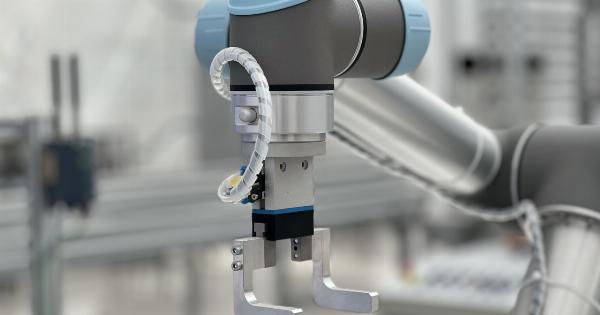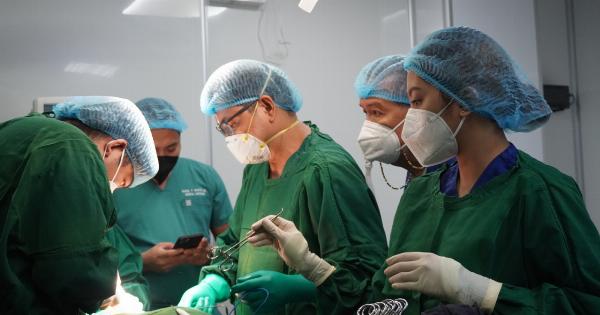Hip replacement surgery is rapidly gaining popularity as a preferred option for many individuals with severe hip pain. It is a complex procedure that involves removing the damaged hip joint and replacing it with an artificial one.
This surgery has become more advanced than ever before, with new technologies and techniques that can help reduce pain, recovery time, and complications.
New Surgical Technique
One of the newest techniques for hip replacement surgery is the Direct Anterior Approach (DAA).
Unlike the traditional surgical methods, this technique involves making a smaller incision at the front of the hip, which limits cutting through muscles and tendons surrounding the joint. This technique provides faster recovery periods and less post-operative pain for patients.
The surgeon uses a specialized operating table that allows for better manipulation of the hip joint. With this table, the joint can be positioned in different ways during surgery.
This technique also allows for less damage to the soft tissues and a quicker return to normal activities.
Robot-Assisted Hip Replacement Surgery
Robot-assisted hip replacement surgery is another innovative technique. During this procedure, a robotic arm is used to assist the surgeon in preparing the joint for the implant and placing the implant itself.
It allows for precise cuts and placement, resulting in a more accurate fit.
This technology also allows for more significant customization of implants, including size, shape, and positioning. With these customized implants, patients have less discomfort and better movement after the surgery.
Robot-assisted surgery has remarkably fewer complications than traditional hip replacement surgery.
Computer Navigation for Hip Replacement Surgery
Computer navigation is another technique that utilizes computer-based technology during hip replacement surgery. The computer creates a virtual model of the patient’s hip, which helps the surgeon visualize the operation beforehand.
During the procedure, the computer provides real-time information, allowing the surgeon to make more precise cuts and positioning of the implant.
This technique allows for the precise placement of components, which increases stability and reduces the risk of dislocation. It also results in faster recovery times and less post-operative pain.
A study conducted by the American Academy of Orthopaedic Surgeons found that computer-assisted hip replacement surgery can result in a more accurate fit, shorter hospital stays, and faster recovery times.
Metal-on-Metal Hip Replacements
Metal-on-metal hip replacements are the latest type of hip implants that use a metal ball or cap to replace the damaged joint. They are becoming increasingly popular due to their long-term stability and durability.
These implants are made of a combination of cobalt and chromium, and they are suitable for people with an active lifestyle and large bone structures.
According to the American Academy of Orthopaedic Surgeons, metal-on-metal hip replacements are less prone to wear and tear, which can lead to loosening and dislocation of the implant.
Although this type of implant is more expensive, it has a longer life span and requires fewer revision surgeries in the future.
Conclusion
Hip replacement surgery has come a long way in recent years, with new techniques and technologies that provide faster recovery times, less pain, and fewer complications.
The Direct Anterior Approach, robot-assisted surgery, computer navigation, and metal-on-metal hip replacements are all contributing to the evolution of hip surgery. With these advancements, individuals with severe hip pain can expect better outcomes and faster recovery times.


























